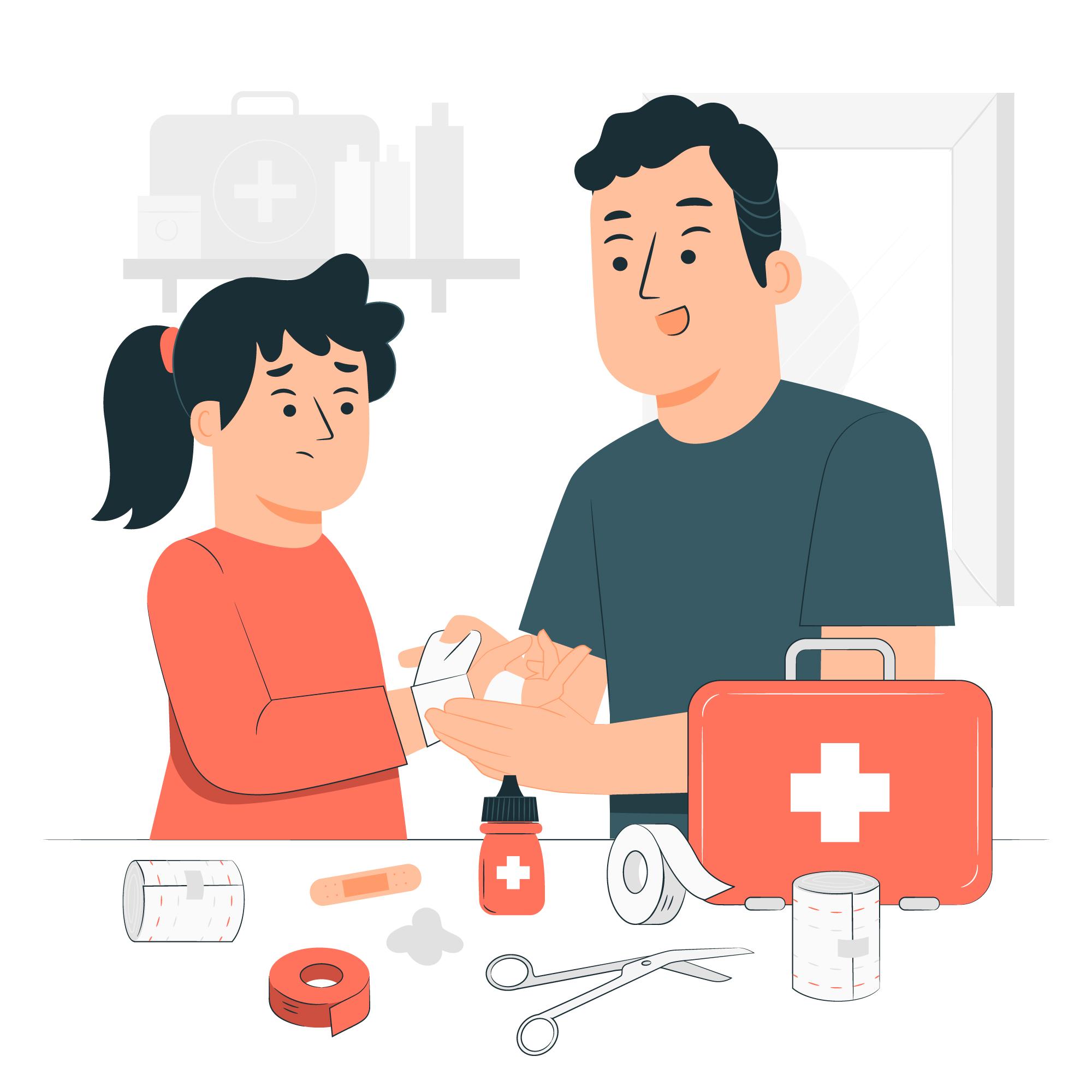
Emergency Preparedness: Dealing with Severe Allergic Reactions (Anaphylaxis)
Introduction
When someone experiences a severe allergic reaction, known as anaphylaxis, it’s crucial to act fast and be prepared. In this guide, we’ll discuss what anaphylaxis is, its symptoms, and how to respond quickly in an emergency situation.
What is Anaphylaxis?
Anaphylaxis is a severe, life-threatening allergic reaction that can occur within minutes of exposure to an allergen. Common triggers for anaphylaxis include foods such as peanuts or shellfish, insect stings, medications, and latex. It can also be triggered by certain environmental factors like pollen or animal dander.
Recognizing the Symptoms of Anaphylaxis
Symptoms of anaphylaxis can vary, but they often appear quickly after exposure to an allergen. Common signs to watch for include:
- Difficulty Breathing: Wheezing, shortness of breath, or a feeling that the throat is closing up.
- Swelling: Swelling in the face, lips, tongue, or throat.
- Rapid Heartbeat: Heart palpitations or a racing heart.
- Nausea and Vomiting: Feeling nauseous or vomiting.
- Dizziness or Fainting: Lightheadedness or losing consciousness.
- Skin Reactions: Hives, itching, or a flushed appearance.
These symptoms can appear rapidly after exposure, and if left untreated, they can become life-threatening. If you or someone else experiences these signs, especially after known exposure to an allergen, seek emergency medical help immediately.
How to Respond to Anaphylaxis
Immediate Action
If you suspect someone is experiencing anaphylaxis, take immediate action:
- Call Emergency Services: Contact emergency medical services right away.
- Administer Epinephrine: If an epinephrine auto-injector (EpiPen) is available, administer it immediately. This medication can reverse the symptoms of anaphylaxis and buy time until medical professionals arrive.
buy antabuse online https://doctorsquarters.com/wp-content/uploads/2024/08/jpg/antabuse.html no prescription pharmacy
While waiting for help, ensure the person is lying down and their legs are elevated to help with circulation.
Preparedness Tips for Anaphylaxis
Carry Epinephrine
If you have a history of severe allergies, always carry an epinephrine auto-injector with you. It’s the most effective first-aid treatment for anaphylaxis.
Wear Medical Alert Identification
Medical alert bracelets or necklaces can inform others of your allergies and provide guidance on how to help in an emergency.
Educate Others
Educate your family, friends, and coworkers about how to recognize and respond to anaphylaxis. They should know where your epinephrine auto-injector is and how to use it.
Create an Emergency Action Plan
Develop an emergency action plan that includes specific steps to take in case of an allergic reaction. Share this plan with those around you so they can act quickly if needed.
Conclusion
Being prepared and knowing how to respond to anaphylaxis can save lives. By understanding the symptoms, having access to epinephrine, and following an emergency action plan, you can minimize the risk of severe allergic reactions and ensure a swift response in an emergency.
To seek medical advice, always consult a Doctor.
Here are our recommended experts. Click Here
To read more on Food Allergy. Click Here

